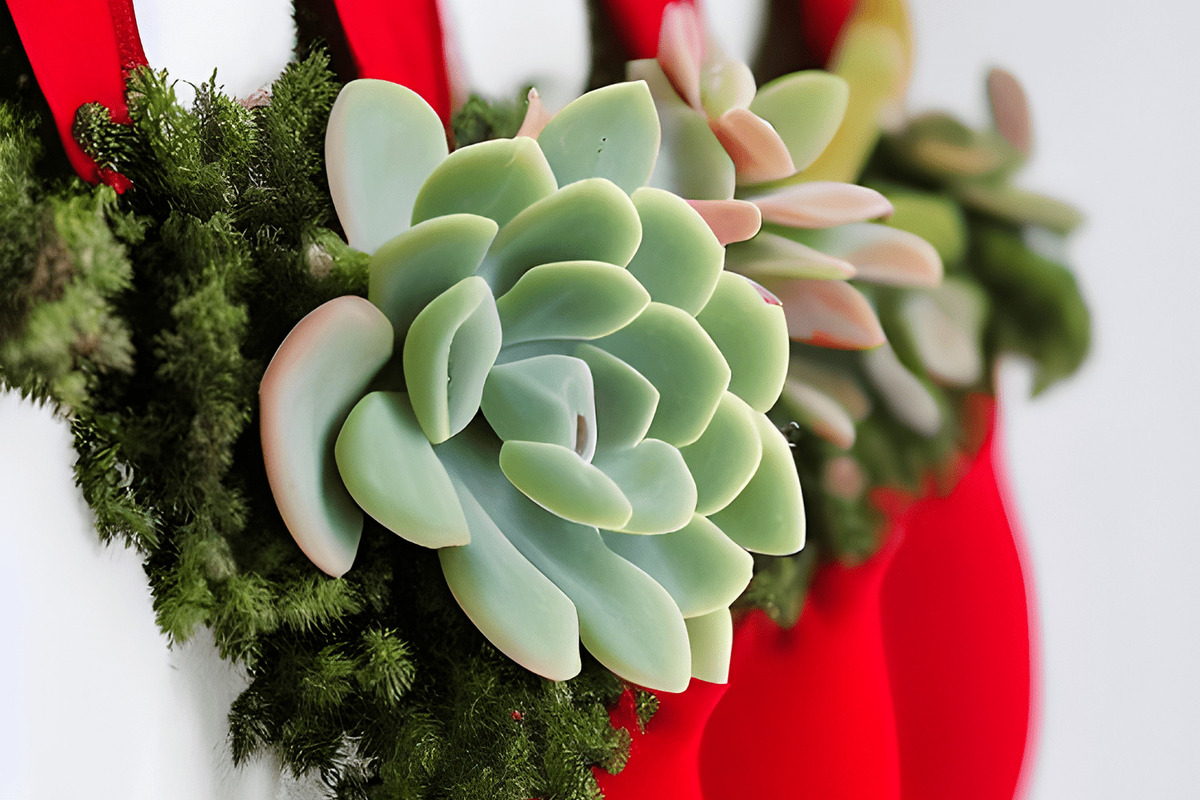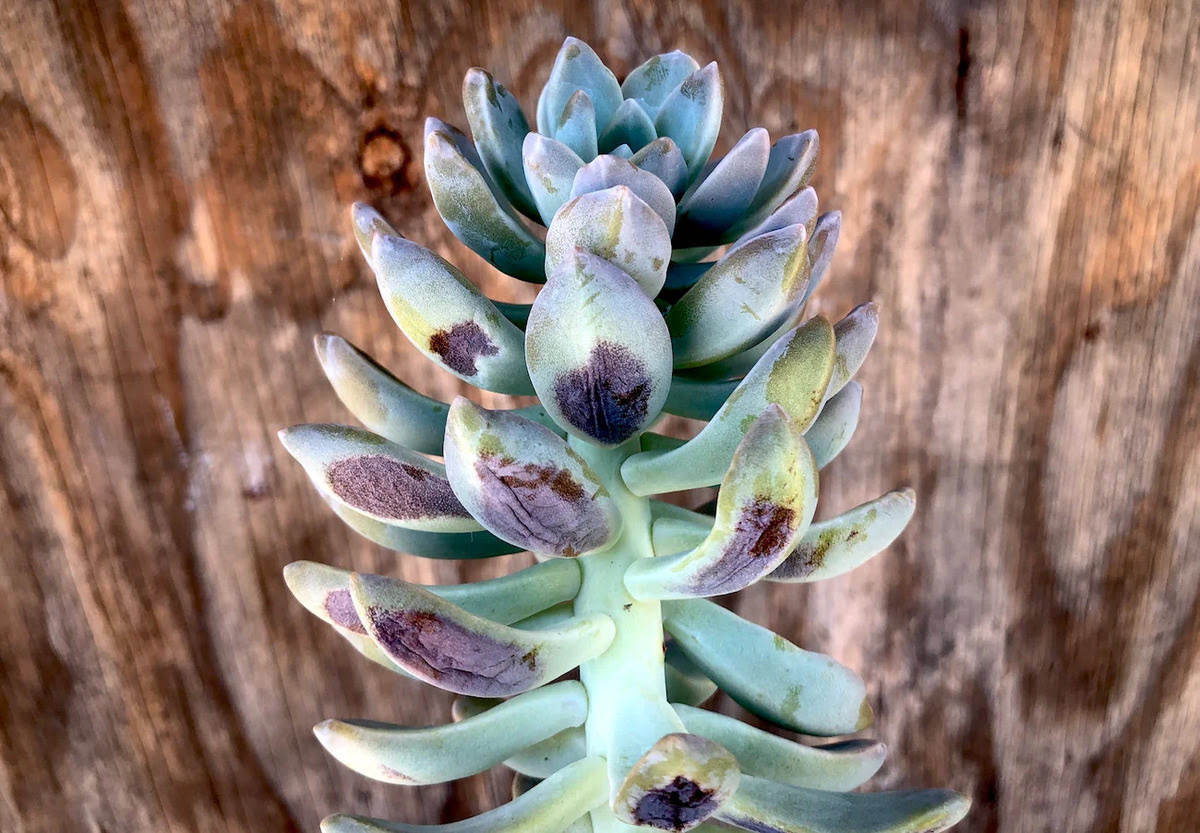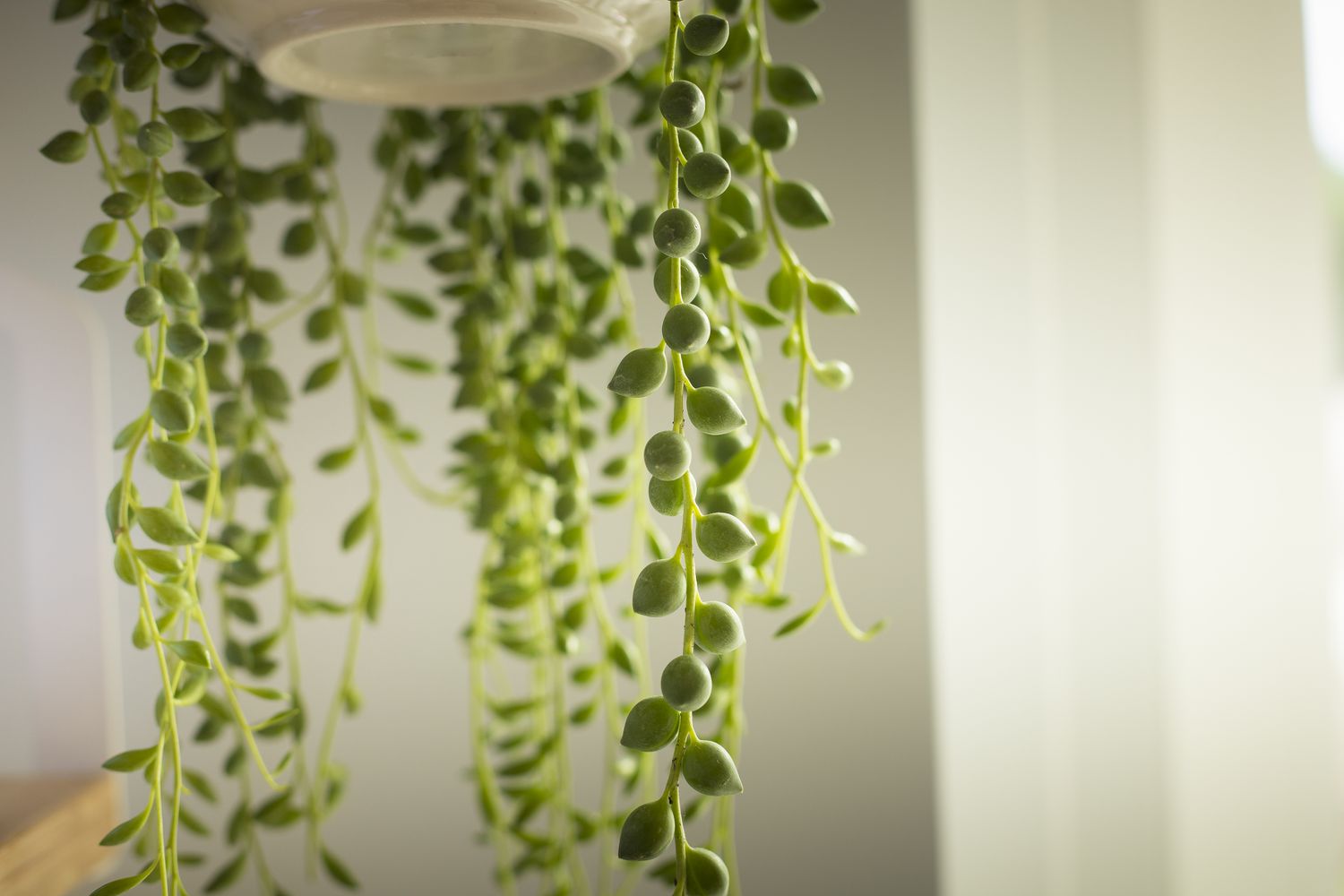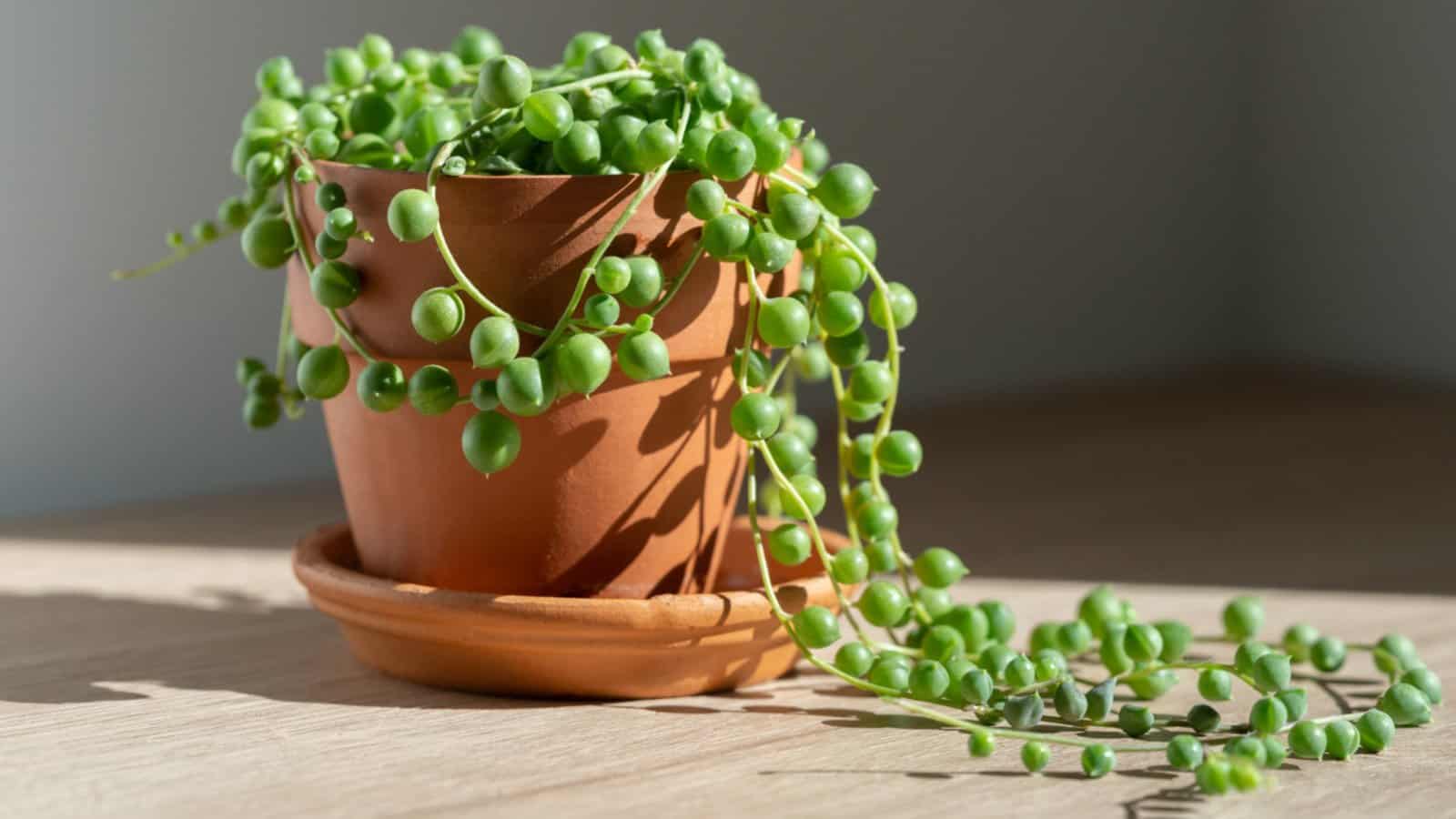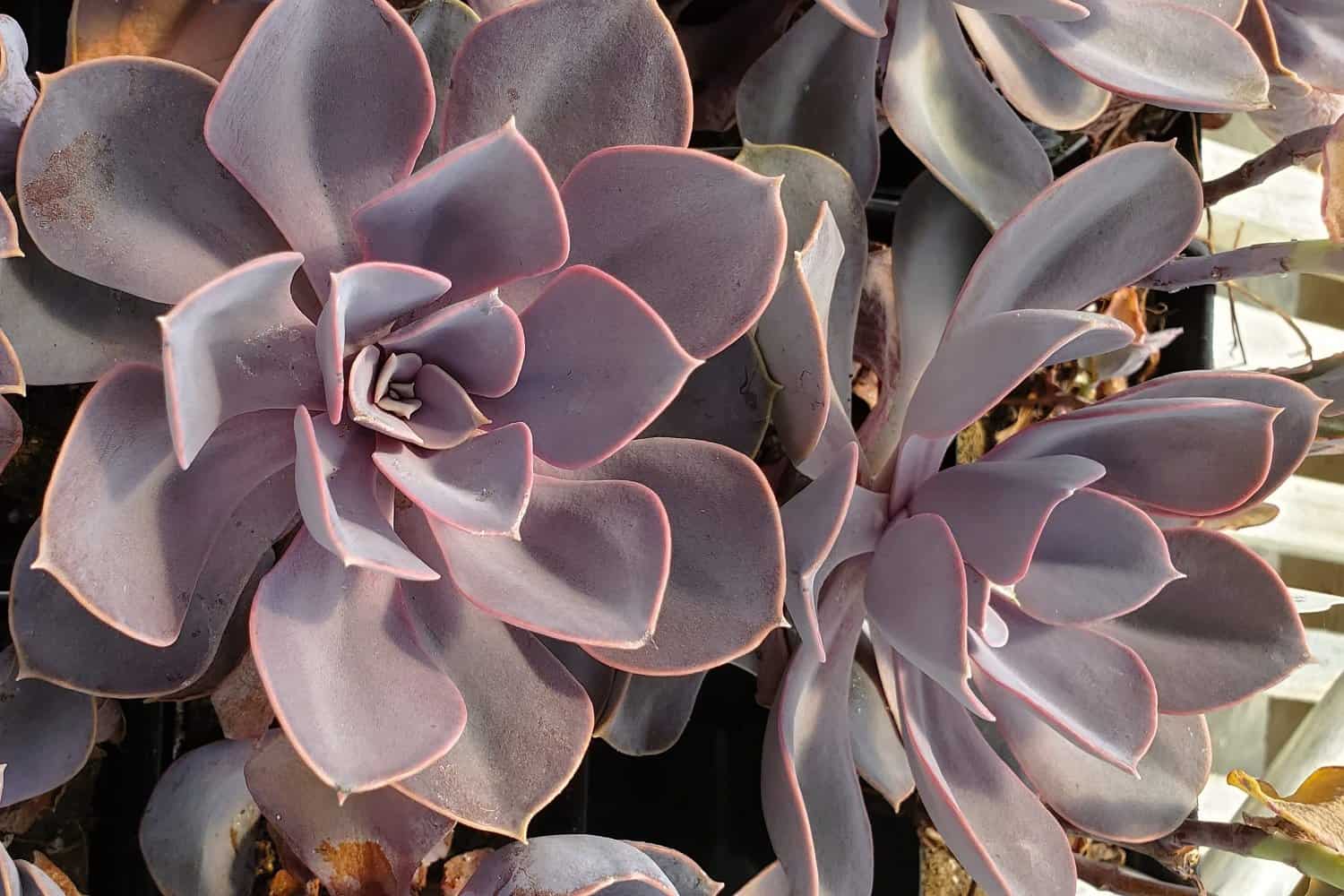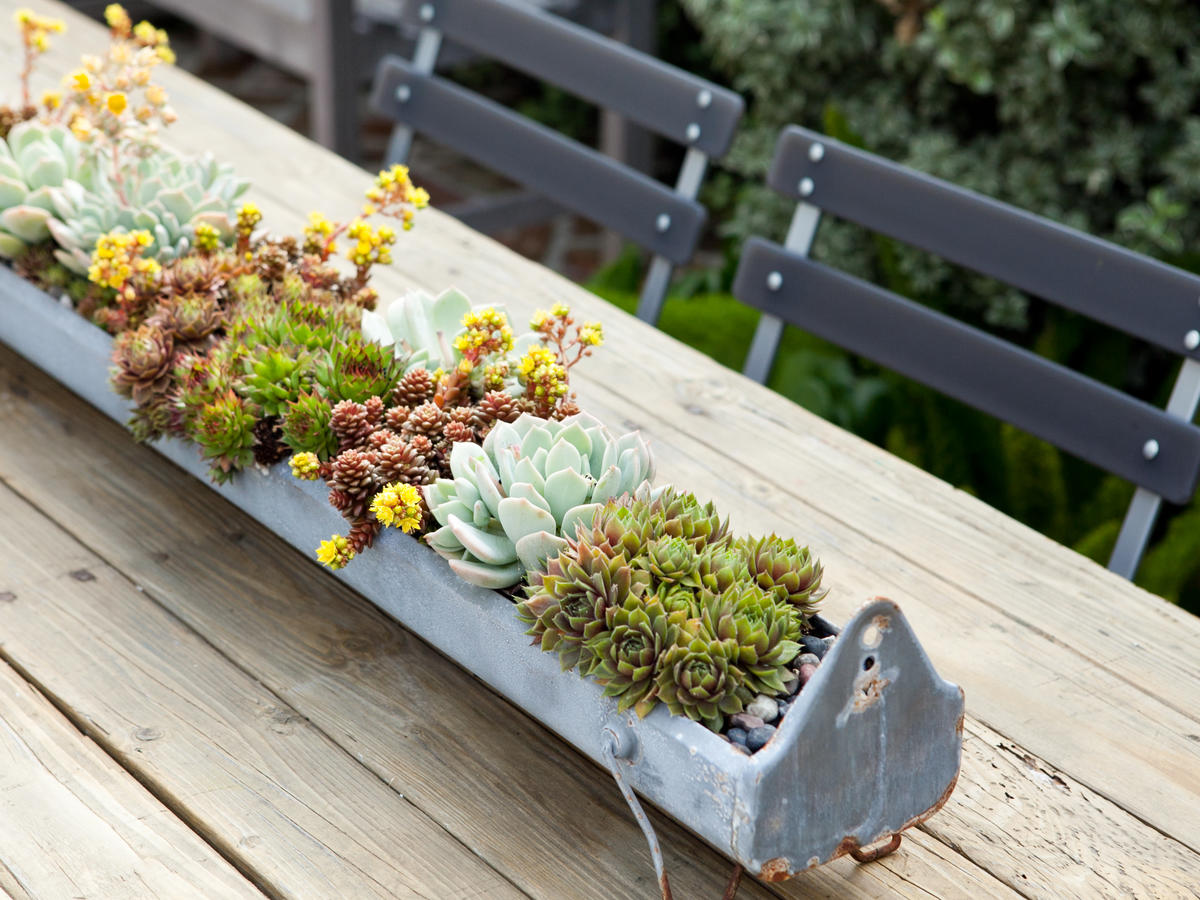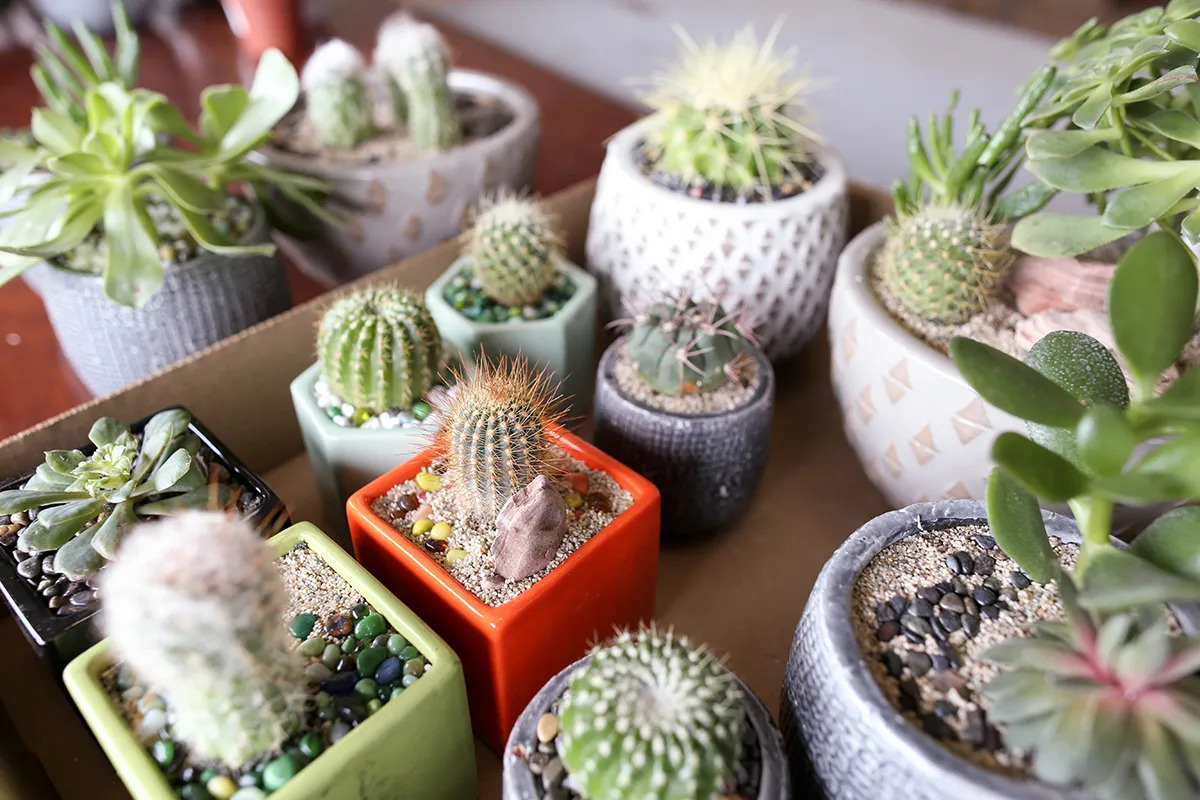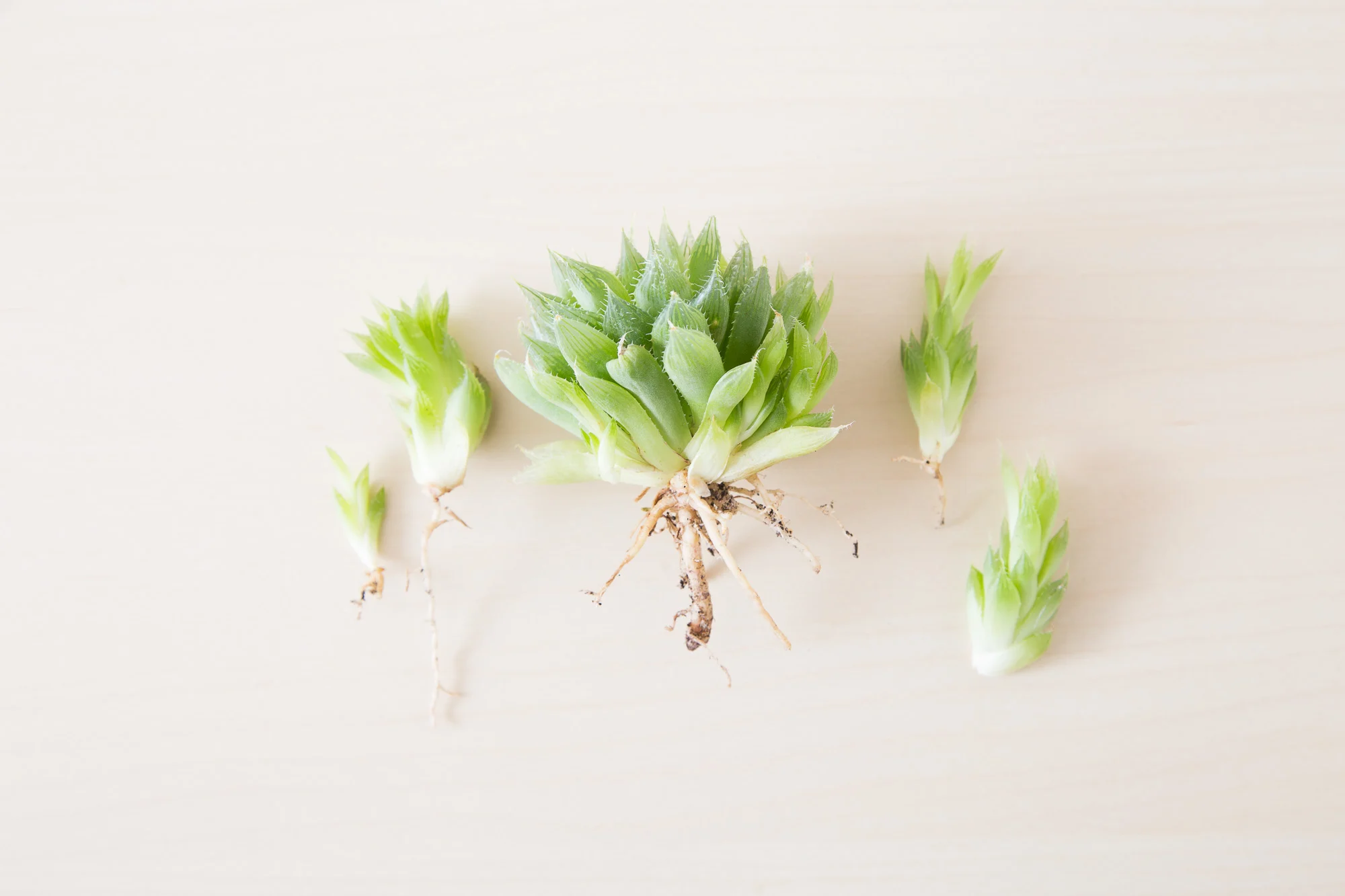Home>Types of Gardening>Ornamental Gardening>How To Cross Breed Succulents
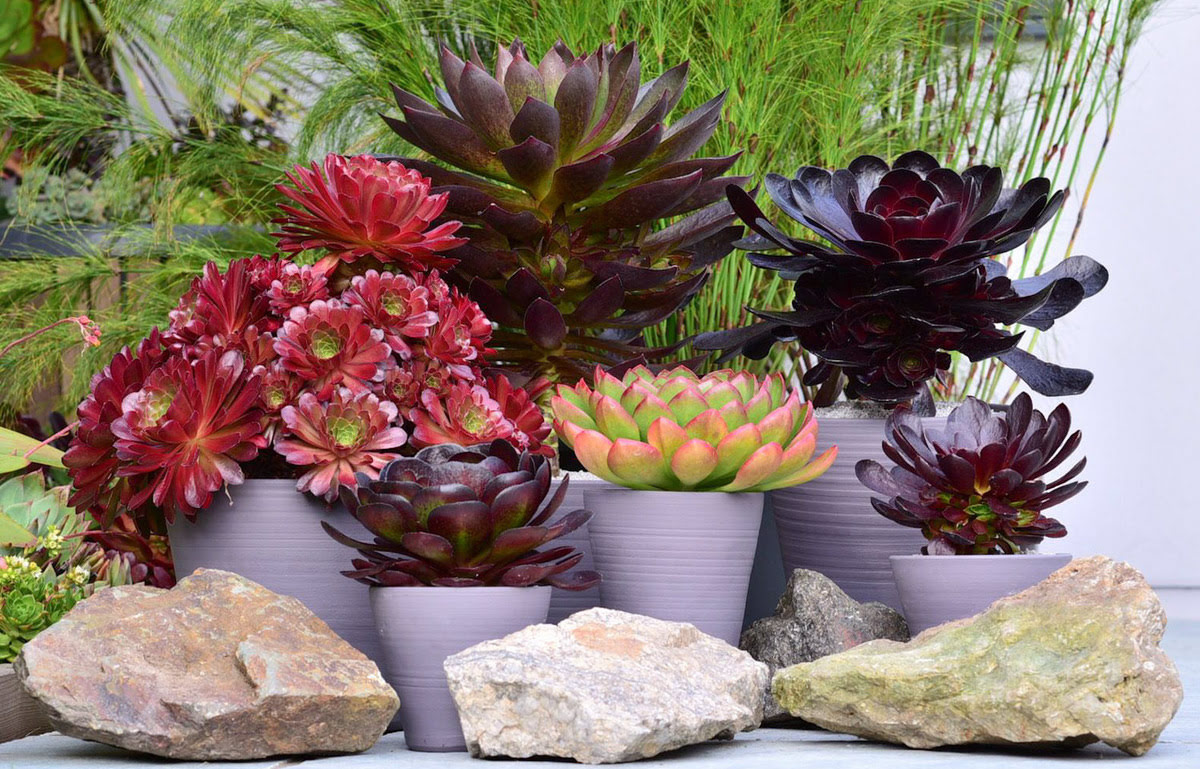

Ornamental Gardening
How To Cross Breed Succulents
Modified: January 22, 2024
Learn the art of cross breeding succulents for ornamental gardening. Discover the techniques and tips to create unique and beautiful succulent hybrids.
(Many of the links in this article redirect to a specific reviewed product. Your purchase of these products through affiliate links helps to generate commission for Chicagolandgardening.com, at no extra cost. Learn more)
Table of Contents
Introduction
Welcome to the fascinating world of succulent crossbreeding! If you're an avid gardener or simply have a penchant for ornamental plants, you're in for a treat. Succulents, with their diverse shapes, colors, and textures, have captured the hearts of plant enthusiasts worldwide. While their natural beauty is undeniable, the art of crossbreeding succulents introduces an element of creativity and experimentation that can lead to stunning and unique hybrids.
Succulent crossbreeding involves the deliberate pollination of two different succulent species to create offspring with desirable traits from both parent plants. This process opens up a world of possibilities, allowing you to explore various combinations and produce one-of-a-kind succulents that may exhibit striking colors, unusual patterns, or distinct growth habits.
As we delve into the intricacies of succulent crossbreeding, you'll gain insight into the selection of parent plants, the techniques involved in the crossbreeding process, and the subsequent care required for the resulting hybrids. Whether you're a seasoned horticulturist or a curious beginner, this guide will equip you with the knowledge and inspiration to embark on your own succulent crossbreeding journey.
Join me as we unravel the art and science of succulent crossbreeding, where imagination meets horticulture to yield captivating and extraordinary plant creations. Let's embark on this enriching exploration of creativity, experimentation, and the boundless beauty of succulents.
Understanding Succulent Crossbreeding
Before delving into the practical aspects of succulent crossbreeding, it’s essential to grasp the underlying principles and genetic dynamics at play. Succulent crossbreeding involves the intentional hybridization of two distinct succulent species, aiming to combine their desirable traits in the offspring. This process requires an understanding of the genetic inheritance of traits, as well as the compatibility and breeding behaviors of different succulent varieties.
When two succulent species are crossbred, their genetic material combines to create a new and unique genetic makeup in the resulting hybrid. This genetic recombination can lead to a wide array of outcomes, including variations in color, size, shape, and growth patterns. By carefully selecting the parent plants based on their individual characteristics, crossbreeders can influence the traits that manifest in the hybrid offspring.
Furthermore, it’s important to consider the genetic compatibility of the parent plants. While some succulent species may readily crossbreed and produce viable offspring, others may be genetically incompatible, leading to unsuccessful or sterile hybrids. Understanding the genetic relationships between different succulent species is crucial in determining the likelihood of successful crossbreeding attempts.
Additionally, the principles of dominant and recessive traits play a significant role in succulent crossbreeding. Certain traits may be inherited dominantly, meaning they are more likely to manifest in the hybrid, while others may be recessive and require both parent plants to carry the corresponding genes for the trait to be expressed in the offspring. This knowledge empowers crossbreeders to predict and select for specific traits in their hybrid creations.
By comprehending the genetic mechanisms and compatibility factors involved in succulent crossbreeding, enthusiasts can approach the process with informed decision-making and a deeper appreciation for the intricacies of plant genetics. This foundational understanding sets the stage for the deliberate selection of parent plants and the strategic application of crossbreeding techniques, ultimately leading to the cultivation of remarkable and visually captivating succulent hybrids.
Selecting Parent Plants
Choosing the right parent plants is a pivotal step in the succulent crossbreeding process, as it directly influences the traits and characteristics of the resulting hybrids. When selecting parent plants, several factors come into play, including the desired traits, genetic compatibility, and the overall breeding objectives. Here are essential considerations for selecting parent plants for succulent crossbreeding:
- Trait Selection: Identify the specific traits you wish to combine in the hybrid offspring. Whether it’s vibrant coloration, unique leaf shapes, or drought tolerance, understanding the traits of each parent plant will guide the selection process.
- Genetic Diversity: Opt for parent plants with distinct genetic backgrounds to maximize the potential for diverse and visually striking hybrids. Crossbreeding plants from different succulent genera or species can lead to novel combinations of traits.
- Compatibility: Research the breeding compatibility of the selected succulent species. Some species may have natural barriers to crossbreeding, while others may readily hybridize, leading to successful and fertile offspring.
- Health and Vigor: Choose parent plants that exhibit robust growth and are free from diseases or genetic abnormalities. Healthy parent plants are more likely to produce viable and resilient hybrid offspring.
- Long-Term Vision: Consider the long-term growth and development of the hybrid offspring. Select parent plants with complementary growth habits and environmental adaptability to ensure the suitability of the resulting hybrids for various growing conditions.
Furthermore, it’s beneficial to document the characteristics of each parent plant, including their specific traits, genetic lineage, and any known hybridization history. This information provides valuable insights into the potential outcomes of the crossbreeding process and aids in tracking the genetic heritage of the resulting hybrids.
By thoughtfully selecting parent plants based on their traits, genetic diversity, compatibility, and long-term viability, crossbreeders can lay the groundwork for producing captivating and resilient succulent hybrids. This intentional approach to parent plant selection sets the stage for successful crossbreeding endeavors and the cultivation of unique and visually captivating succulent creations.
Crossbreeding Techniques
Embarking on the journey of succulent crossbreeding involves the application of specific techniques to facilitate the successful pollination and hybridization of the selected parent plants. These techniques require precision, attention to detail, and an understanding of the reproductive mechanisms of succulent species. Here are the fundamental crossbreeding techniques employed in the creation of succulent hybrids:
- Hand Pollination: In controlled environments, such as greenhouses or indoor settings, hand pollination is a widely used technique for crossbreeding succulents. It involves manually transferring pollen from the male reproductive organs (stamens) of one succulent plant to the female reproductive organs (pistil) of another, ensuring the deliberate combination of genetic material.
- Isolation and Controlled Breeding: To prevent unintended cross-pollination from external sources, isolation techniques are employed. This may involve covering the flowers of the selected parent plants with fine mesh or utilizing physical barriers to control the pollination process and maintain genetic purity.
- Timing and Observation: Understanding the flowering cycles and reproductive timing of the parent plants is crucial. Crossbreeders carefully monitor the development of flower buds, pollen viability, and receptive stages of the pistil to determine the optimal time for hand pollination, ensuring the highest chances of successful fertilization.
- Pollen Storage and Viability: Preservation of pollen viability is essential for successful crossbreeding. Techniques such as pollen storage in controlled environments or the use of specialized mediums to maintain pollen viability play a critical role in ensuring the availability of fertile pollen for the hand pollination process.
- Record Keeping: Detailed documentation of the crossbreeding process, including the date and method of pollination, parent plant information, and observed developmental stages, provides valuable data for tracking the progress of the hybridization efforts and analyzing the outcomes.
These techniques, when applied with precision and care, enable crossbreeders to orchestrate the controlled hybridization of succulents, leading to the creation of unique and visually captivating plant hybrids. By leveraging these crossbreeding techniques, enthusiasts can explore the boundless potential for combining the desirable traits of different succulent species and cultivating extraordinary hybrids that showcase the artistry of nature and human intervention.
Caring for Crossbred Succulents
Once the crossbreeding process has yielded hybrid succulents, providing proper care is essential to ensure their continued health, vitality, and long-term growth. Crossbred succulents may exhibit a diverse range of characteristics inherited from their parent plants, and understanding their unique needs is integral to their well-being. Here are key considerations for caring for crossbred succulents:
- Environmental Adaptation: Assess the environmental requirements of the hybrid succulents, considering factors such as light intensity, temperature, and humidity. Some hybrids may inherit specific environmental preferences from their parent plants, necessitating tailored care to support their optimal growth.
- Watering Regimen: Understand the water requirements of the crossbred succulents, taking into account their drought tolerance and moisture needs. Implement a well-draining soil mix and a watering schedule that aligns with the hybrid’s specific traits and inherited water retention capabilities.
- Soil Composition: Select a well-aerated and nutrient-rich soil medium suitable for succulent cultivation. The soil composition should promote healthy root development and provide adequate support for the unique growth habits of the crossbred succulents.
- Monitoring Growth Patterns: Observe the growth patterns and developmental characteristics of the hybrid succulents. Some hybrids may exhibit distinct growth habits or seasonal variations inherited from their parent plants, necessitating attentive monitoring and potential adjustments to their care regimen.
- Pest and Disease Management: Implement proactive measures to safeguard the crossbred succulents from common pests and diseases. Regular inspection and early intervention can help preserve the health and vigor of the hybrids, allowing their unique traits to flourish unhindered.
Furthermore, ongoing observation and documentation of the hybrid succulents’ growth and responses to care practices can provide valuable insights into their individual needs and preferences. This iterative approach allows for the refinement of the care regimen, ensuring the sustained well-being and vitality of the crossbred succulents.
By tailoring care practices to accommodate the specific traits and inherited characteristics of the crossbred succulents, enthusiasts can nurture these exceptional plant creations and witness the expression of their unique genetic combinations. Caring for crossbred succulents is a rewarding endeavor that celebrates the art of horticulture and the enduring allure of these extraordinary plant hybrids.
Conclusion
As we conclude our exploration of succulent crossbreeding, we are reminded of the boundless creativity and potential inherent in the world of ornamental gardening. The art and science of crossbreeding succulents offer a captivating avenue for enthusiasts to actively participate in the evolution of plant diversity, yielding remarkable hybrids that showcase the beauty of nature’s genetic tapestry.
Throughout this journey, we have delved into the foundational aspects of succulent crossbreeding, from understanding the genetic dynamics at play to the deliberate selection of parent plants based on their traits, genetic compatibility, and long-term viability. The application of precise crossbreeding techniques has empowered enthusiasts to orchestrate the controlled hybridization of succulents, leading to the emergence of visually captivating and unique plant creations.
Furthermore, the care and nurturing of crossbred succulents represent a continuation of the crossbreeding journey, where the expression of inherited traits and the sustained health of the hybrids become a testament to the artistry and dedication of the crossbreeder. By providing tailored care that accommodates the specific needs and characteristics of the hybrids, enthusiasts can witness the flourishing of these exceptional plant creations.
As we look to the future, succulent crossbreeding stands as a testament to the harmonious blend of human ingenuity and the natural world. It invites us to explore, experiment, and appreciate the awe-inspiring diversity that arises from the intentional fusion of plant genetics. From vibrant hues to intricate patterns, each crossbred succulent tells a story of genetic recombination and the enduring allure of ornamental gardening.
So, whether you’re a seasoned crossbreeder or an aspiring enthusiast, may this guide inspire you to embark on your own succulent crossbreeding journey, where the convergence of art, science, and nature unfolds in the form of captivating and extraordinary plant hybrids. Embrace the wonder of succulent crossbreeding, and let your imagination bloom alongside these remarkable creations.
